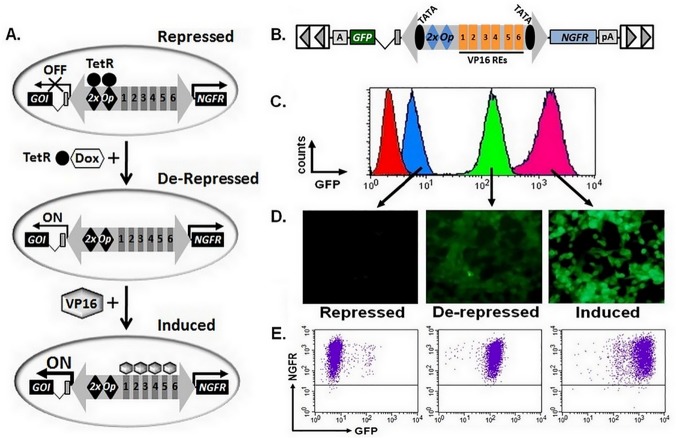Fig 5. The Tet-responsive HSV-IE promoter is tightly controlled and provides a broad range of gene expression.
(A) Diagram of controlled and dynamic changes in gene expression levels achieved using the modified HSV IE bidirectional promoter. Transposon gene transfer is used to simultaneously create a cell line with: i) stable expression of the tetracycline repressor protein (TetR; filled circle) and ii) constitutive expression of NGFR coupled with inducible expression of the gene of interest (GOI) controlled by the inducible IE bidirectional promoter. In the repressed state, TetR proteins bind to the target sequences (2xOp) and inhibit transcription of the GOI (OFF). TetR is inhibited upon addition of doxycycline (Dox) and transcription activated (De-Repressed, ON). Transcriptional activity of the IE promoter and expression of the GOI can be further enhanced, only for de-repressed cells, upon expression of VP16 transactivator (Induced). (B) Schematic diagram of SB transposon vectors encoding for the HSV-IE promoter with tandem copies of tetracycline-repressor target sequences (2xOp) introduced near the TATA site (G-IE-N (TRTATA). (C) Overlay of flow cytometry histograms demonstrating GFP expression for control cells (red), or a representative cell line cultured in the absence of doxycycline (blue, repressed), presence of doxycycline (green, de-repressed), or when doxycycline treated cells were transduced with adenovirus vector particles (m.o.i. = 3) encoding for expression of VP16 (pink, induced). (D) Fluorescent microscopy images of the same cell lines demonstrating GFP expression in the indicated states. (E) Dot plots for the same clone demonstrating coexpression of GFP and NGFR by flow cytometry in the repressed, de-repressed and induced states. VP16, trans-activator of HSV immediate early gene expression; RE, responsive element; NGFR, nerve growth factor receptor; GFP, green fluorescent protein; pA, BGH polyadenylation signal; A; SV40 polyadenylation signal.

